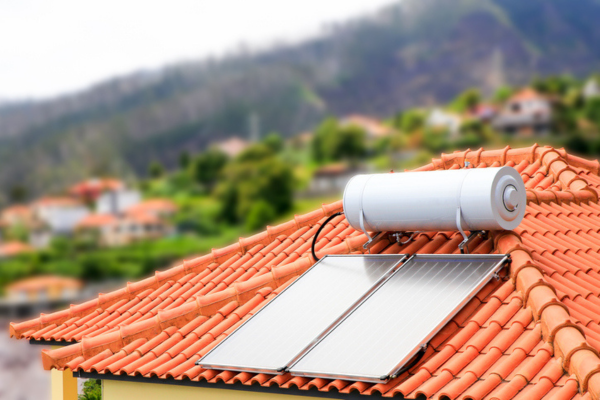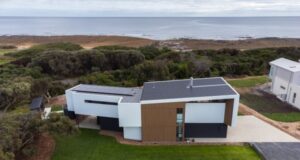
Australia enjoys abundant sunlight across most regions, making solar energy a viable option for many homes. However, the effectiveness of solar systems varies depending on location, climate and seasonal changes. Knowing these factors helps when planning solar installations.
Factors influencing solar energy effectiveness
- Geographic location: Northern areas like Queensland and the Northern Territory receive more consistent sunlight year-round. Southern states have greater seasonal variation that can affect solar output.
- Climate: Coastal regions with high humidity may have more cloud cover, reducing direct sunlight. Arid inland areas usually enjoy clearer skies and stronger solar potential.
- Seasonal changes: In winter, lower sun angles and shorter days reduce solar exposure, particularly in southern parts of Australia.
Solar hot water systems
Solar hot water relies on sunlight for heating, but its efficiency depends on:
- Collector type: Evacuated tube collectors perform better in cooler climates due to superior insulation, while flat plate collectors suit warmer areas.
- Boosters: In locations with inconsistent sunlight, electric or gas boosters help ensure a steady hot water supply during dull periods.
Energy efficiency standards
The 2025 National Construction Code requires improved energy efficiency in buildings. Incorporating passive solar design, such as placing windows to maximise sun exposure and using thermal mass to retain heat, can reduce reliance on artificial heating and cooling.
Sunlight is generally available across Australia, but local conditions affect how well solar systems perform. Careful assessment and expert advice will help homeowners and renovators choose the best solar solutions for their needs.





